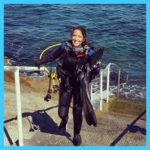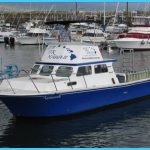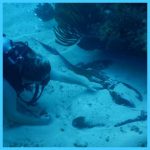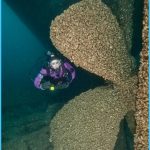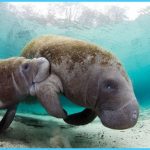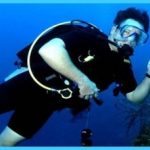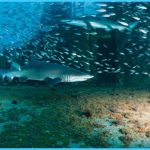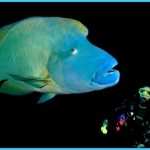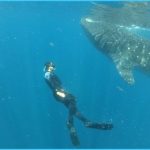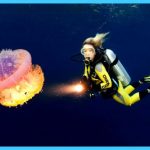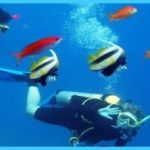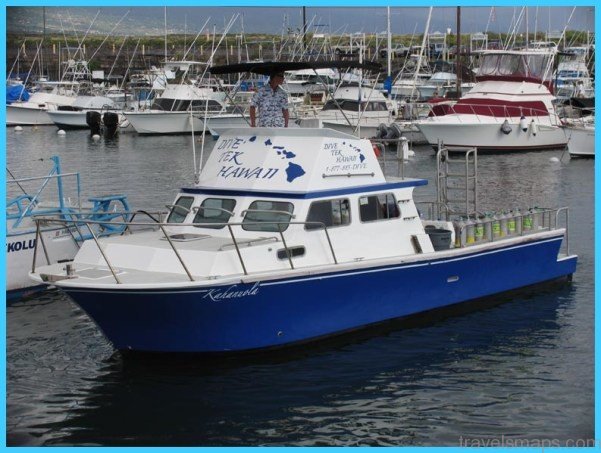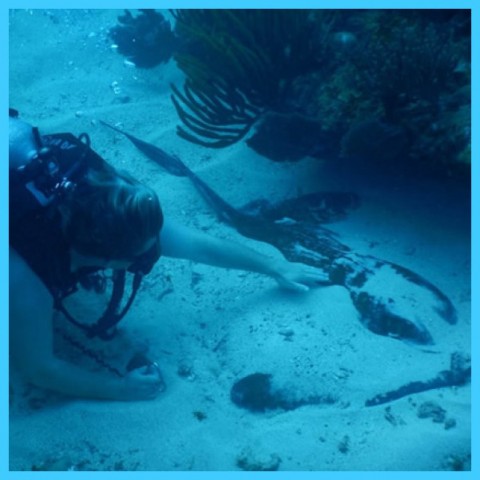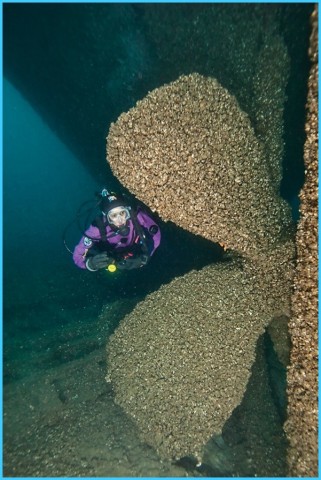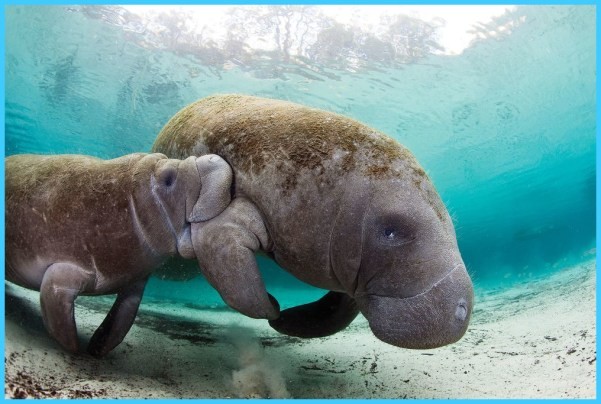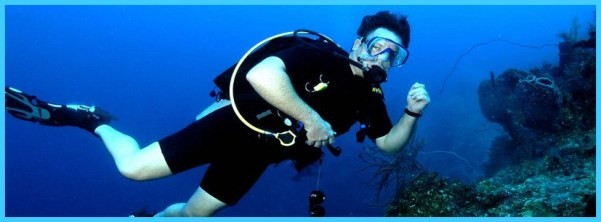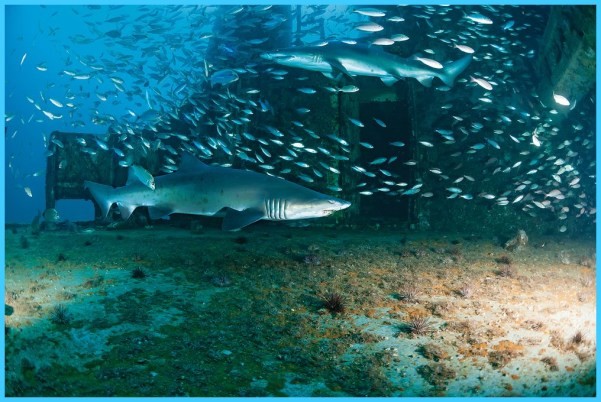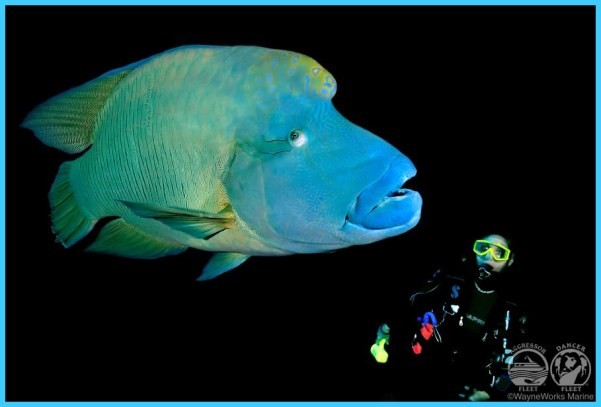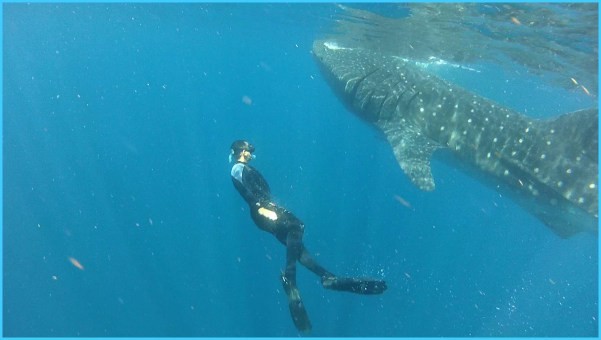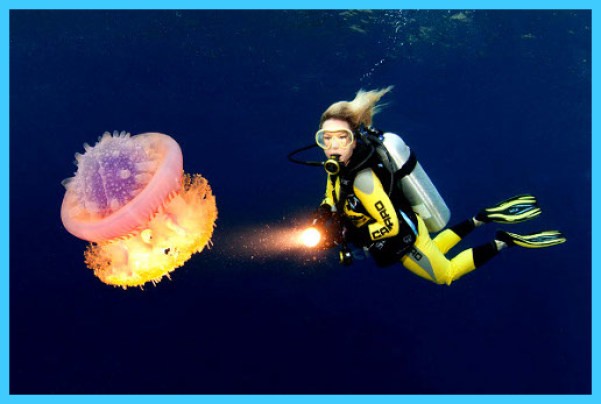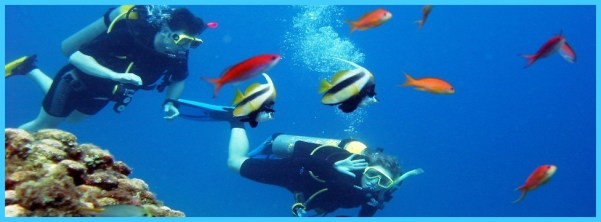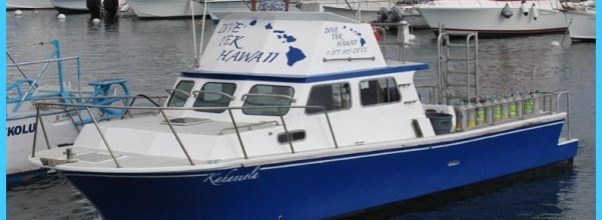
William Cline Company (www.williamcline.com), a scuba industry consultancy, estimates the U.S. dive industry at $3.2 billion, 72% of which is travel-generated revenue. Following 3% to 5% growth in 2007, spending in the segment has been relatively flat through 2014.
There are three million certified scuba divers in the United States, according to the Sports & Fitness Industry Association (www.sfia.com), six times the number in the early 1980s. Approximately 35% of U.S. divers are women.
According to the Diving Equipment and Marketing Association (www.dema.org), there are between 2.7 million and 3.5 million active scuba divers in the United States. The median age of active scuba divers is 46; 76% are male. For comparison, there are approximately 11 million snorklers in the U.S. Among those who recently purchase diving equipment, mean household income is $155,900.
The fastest-growing part of the scuba travel industry is “live-aboards,” 100-foot luxury yachts that carry 10 to 20 divers from one isolated dive location to the next. Typical costs are $1,700 per person per week.
SCUBA TRAVEL in USA Photo Gallery
Popular among divers are big aquatic animal encounters, such as swimming with and photographing giant manta rays near Baja California, dolphins in The Bahamas and Mexico, stingrays in the Cayman Islands, or hammerhead sharks near Costa Rica’s Cocos Island.
Top Dive Destinations
Rodale’s Scuba Diving identified the following top dive areas in the U.S.:
• Catalina Island, CA
• Channel Islands, CA
• Islamorada, FL
• Key Largo, FL
• Looe Key, FL
• Marathon, FL
• Monterey, CA
• Morehead City, NC
• Panama City, FL
• West Palm Beach, FL
Catalina Island, off the coast of southern California, is considered by many the birthplace of American scuba diving.
The Florida Keys is one of the most-visited scuba destinations in the United States. Looe Key is known for its healthy reefs, snorkeling, beginner’s dive programs, and good value.
The Caribbean is a major destination for U.S. divers. The islands are easy to reach from the U.S., the water is warm, visibility is generally good, and marine life is abundant.
Underwater Attractions
The 2016 Readers Choice Awards poll by 10Best (www.10best.com), a USA Today travel site, ranked the Best Underwater Attractions as follows:
1. Bonne Terre Mine (Bonne Terre, MO)
2. Weeki Wachee Springs State Park (Weeki Wachee, FL)
3. Mermet Springs (Vienna, IL)
4. Atlantis Adventures (Hawaii)
5. The LuLu (Orange Beach, AL)
6. John Pennekamp Coral Reef State Park (Key Largo, FL)
7. Crystal River Complex (Crystal River, FL)
8. Sea Trek Reef Encounter at Miami Seaquarium (Miami, FL)
9. Haigh Quarry (Kankakee, IL)
10. Dutch Springs (Bethlehem, Pn)
Sunken Treasures
From the Florida coast to the Great Lakes, many scuba divers have taken up the pastime of searching for sunken ships and treasures.
While sunken pirate booty off the Florida coastline and throughout the Caribbean offer the prospect of great wealth, most potential finds are too deep for amateur divers. Sunken treasures of the Great Lakes are more accessible.
Charters are available for recreational divers to explore the Great Lakes. Conditions are near ideal – the coldness of the water retards decay and Zebra mussels filter silt. The result is visibility that Scuba Diving magazine calls “schnapps-clear.”
The Thunder Bay National Marine Sanctuary (www.thunderbay.noaa.gov/), near Alpena, Michigan, has more than 100 historic wrecks, including the New Orleans, a wooden side-wheel steamboat that’s just 15 feet below the surface. Isle Royale National Park (www.nps.gov/isro) has the America, a 183-foot freighter that sank in 1928 and still has a Model T truck (or remnants thereof) in its cargo hold. Lake Huron’s Fathom Five National Marine Park, with 22 wrecks, is accessible by auto ferry from Milwaukee.
One of the most famous and popular underwater sites in the U.S. is Christ of the Abyss, an 8^-foot, 4,000-pound bronze sculpture of Jesus Christ that stands in 25 feet of water in the John Pennekamp Coral Reef State Park, off Key Largo, Florida. This, the third cast of a statue by artist Guido Galletti, was placed underwater in 1961. Other Christ of the Abyss statues are in the Mediterranean Sea near Genoa, Italy, and off the coast of St. George’s in Grenada.
A gallery of 400 sculptures in an installation called The Silent Evolution opened in 2010 in the underwater museum in the National Marine Park of Cancun. The gallery is 27 feet beneath the surface. Jason de Caires Taylor, a British sculptor, developed the design for the permanent art exhibit. Mr. Taylor created a similar underwater museum/artificial reef off Grenada in 2006.
56.6 Market Resources
Diving Equipment and Marketing Association, 3750 Convoy Street, San Diego, CA 92111. (800) 862-3483. (www.dema.org)
William Kline Company, 1740 Air Park Lane, Plano, TX 75093. (972) 267-6700. (www.williamcline.com)
Maybe You Like Them Too
- The Best Places To Visit In North America For Christmas
- Faro Travel Guide: Map of Faro
- Mumbai Travel Guide For Tourists: Map Of Mumbai
- Travel to Budapest
- Thailand Travel Guide for Tourists: The Ultimate Thailand Map

